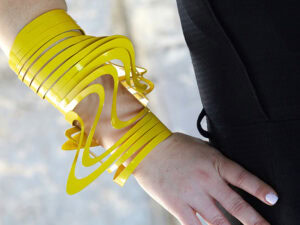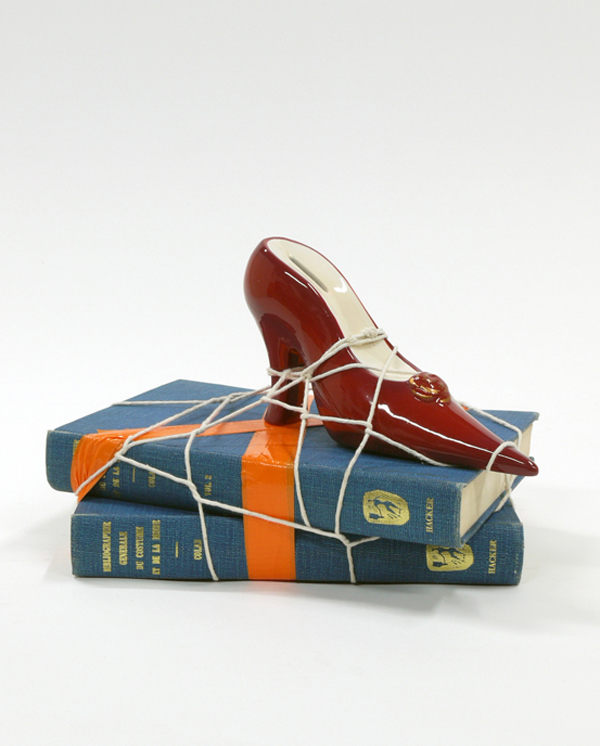
Susan Cummins: Since I have not seen the work in this show in person, can you please confirm that the objects you are using are the real thing, and therefore a shoe is the scale and material of a shoe? Did you make these objects, like Richard Shaw the California ceramist does, or again are they things you have found?
Hans Stofer: Everything I have used is either from my studio or my home. It’s stuff that I have accumulated over the years. Nothing is made or has been altered. The only new element is the use of string to tie the stuff together.
How do you decide what objects to put together?
Hans Stofer: I don’t decide. I take things as I find them, and I create piles of stuff that I balance on top of each other to create different levels of complexities and grades of difficulties in terms of assembling with a single piece of string into one solid “bundle of energy.”
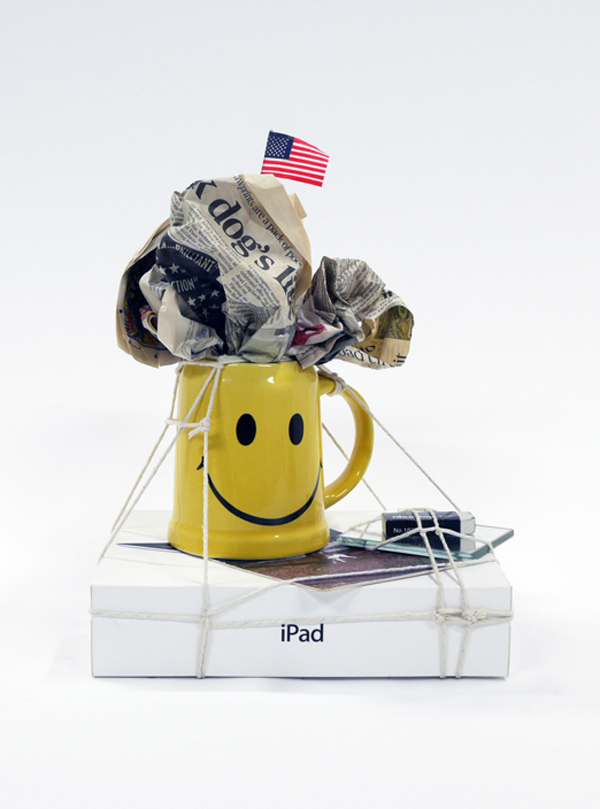
Are you attempting to tell a story?
Hans Stofer: No. If a narrative emerges, then it is unintentional. However, a personal narrative may emerge in the mind of the viewer through the materials’ composition and how they clash/interact with each other when tied together. The string is the port through which to enter the conversation with the object. In that sense, the pieces are catalysts for thinking.
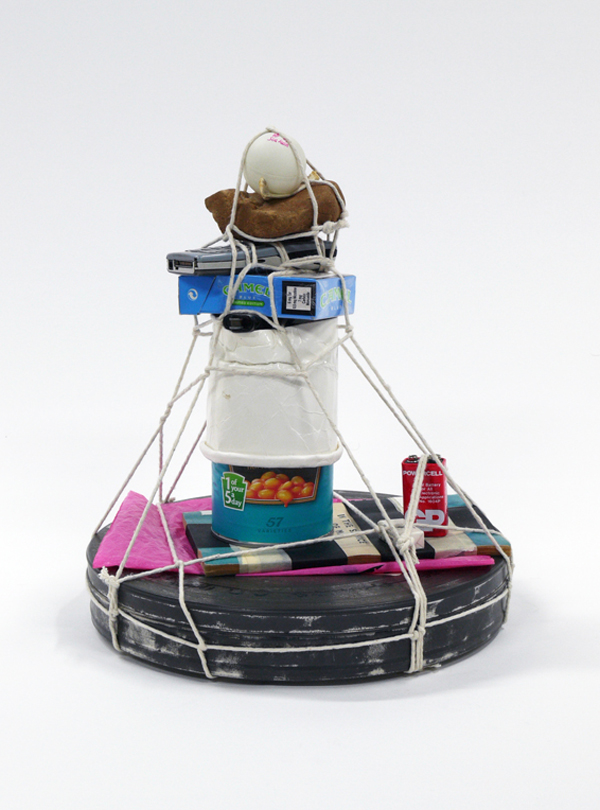
Hans Stofer: String is timeless, and it is totally democratic and open to creative applications. Everybody can and does use it, and when doing so, we all inevitably enter into some kind of creative and decision-making process that becomes a manifestation of our thinking.
String’s purpose or its diversity for use and application are endless, but it is also one of the things that will always remain “string.” Though, the material from which it is made may change with the discovery of new fibers, which naturally will expand its range of application.
Were you trained as a jeweler?
Hans Stofer: No, but I was trained to appreciate jewelry as a territory for in-depth thinking and as rich source for knowledge, materials science, psychology, pleasure … and to provide a bit of magic.
Can you give us a snapshot description of your background?
Hans Stofer: I was born in Switzerland—school, engineering training, postgraduate diploma in jewelry and geraet at the Zurich School of Art and Design—then emigration to London where I now live and work.
You have been a professor at the Royal Academy of Art in London for a number of years. What do you love about teaching?
Hans Stofer: I earn my living through teaching at the Royal College of Art. I don’t love teaching, but I really enjoy being able to share ideas and to gain insight into all these different and amazing minds of emerging artists and thinkers.
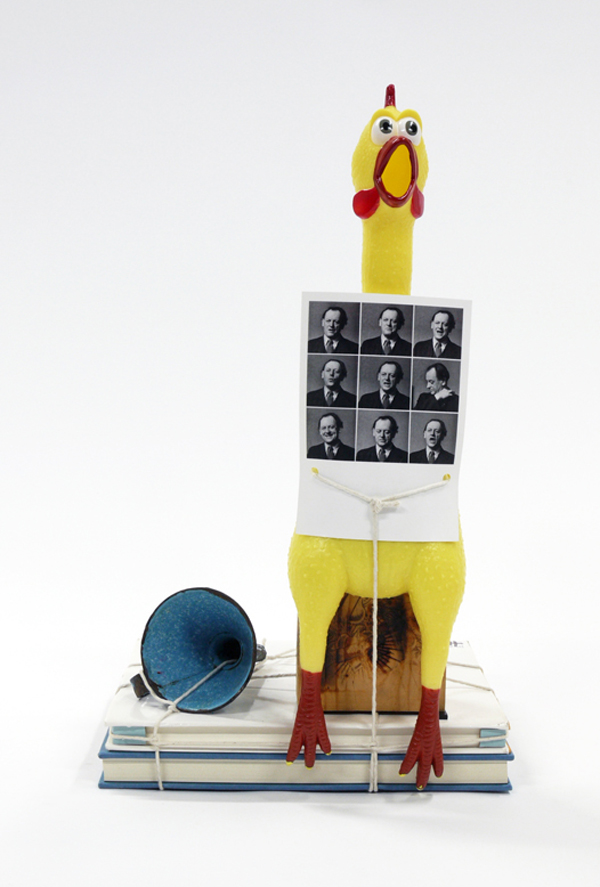
Hans Stofer: The drive by politicians to try and systemize the arts and the lack of imagination of these guys to harness all the amazing creativity that is out there to help at an advisory level to think differently in order to shape true political visions.
What kinds of questions do you ask yourself in the process of making things?
Hans Stofer: At the moment, will the amount of string that I have allocated to a particular piece be long enough, and will I be able to create a solid bundle of energy that will survive transportation and moving around?
Can you describe the thought behind one of the pieces in String Theory, and take it apart for us?
Hans Stofer: See above.
Do these objects relate to the actual scientific idea known as string theory in some way, or were you using this name as a clever title?
Hans Stofer: In a metaphysical way, yes. The everyday string I use holds together and connects the physical (materials) with the metaphysical (ideas).
I am not trying to be clever or create clever titles. The resourceful use of string, however, demands from any user to plan and think creatively. String Theory is trying to tap into what I would call the “domestic everyday creativity that we use to solve mundane or more complex problems in order to get from A to B … or Z.”
String and the notion of it is the connector of everything, very loosely, like the known “String Theory” in physics. But only very loosely.
Thank you.



